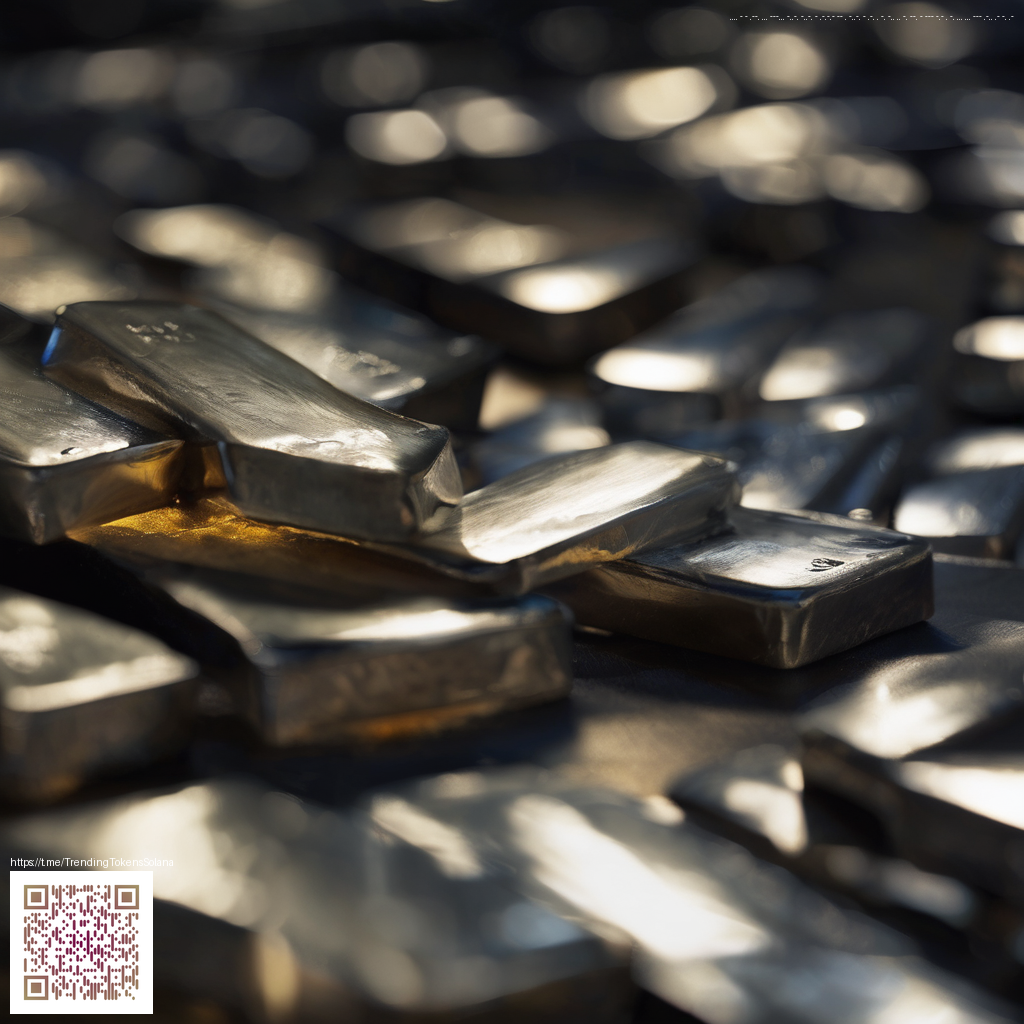
Gradient Bubble Column Palettes for Minecraft
Bubble columns are a deceptively simple feature in Minecraft that opens up surprising creative avenues. In vanilla Minecraft they form when water sits above the right bottom block, typically soul sand for upward currents or a magma block for downward flow. The current moves entities through the water, while bubbles rise in a visible stream that can become the centerpiece of a dramatic vertical build. When you pair them with clever lighting and surrounding blocks you can craft a palette that travels up the column like a living mural.
In this guide we explore how to use the bubble column to create gradient style effects. Since direct water tinting is limited in vanilla, the key is to orchestrate color perception with a combination of stained glass, light sources, and careful block placement. The result is a flowing color gradient that feels dynamic even in a blocky world. If you love showing off material palettes and lighting experiments, this technique is right up your alley 🧱💎.
Understanding the bubble column current
A bubble column relies on the water block environment and on the bottom support block. When the water sits on soul sand the column moves upward; when the bottom block is a magma block the current pulls downward. The column is fluid inside the water region and relies on source blocks for continuous flow. In data terms the block carries a drag state that marks how actively the column interacts with the water, which can influence how stable the current feels during building and testing. This is a small detail but it matters for large gradient installations that need consistent motion.
For builders the practical upshot is simple. Plan a vertical shaft and decide if you want an ascent or a descent effect. The gradient palette emerges from how you stage color cues along the height rather than changing the water color itself. You will use the environment around the column to communicate the color story to players as they move through the space.
Designing a vertical gradient without tinting water
Begin with a clean vertical tube that is one block wide if you want a crisp gradient profile. Surround the water with colored blocks that cast hue onto the water as light passes through. Stained glass panes or blocks are perfect for this. Place lights at intervals so that the light interacts with the glass and water to produce subtle shifts in color intensity along the column.
Try this progression from cool to warm along the height of the shaft as a simple starting palette: light blue at the bottom, transitioning to teal, cobalt, indigo, violet, and ending with pink or peach near the top. The key is not to flood the area with uniform color but to create moments where the shape of the column and the glow create a gradient impression. Small details like banners, signs, and decorative blocks can reinforce the color story without requiring any direct dyeing of water.
Practical building tips
- Keep the column height modular so you can test color pacing at different scales
- Use sea lanterns or glowstone to provide consistent light without washing out the hue
- Experiment with alternating layers of colored glass to create a banded gradient that reads clearly from a distance
- Place kelp or decorative blocks along the sides to frame the column and enhance the sense of depth
- For a dramatic finale add a reflective surface or pool at the top that catches color from the gradient
If you want a slightly more kinetic effect you can combine a downward current with a subtle vertical twist such as a winding tunnel that follows the gradient. The illusion of color motion emerges even when the water itself stays visually neutral. The bubble column becomes a living path through your build rather than a flat feature
Techniques that are friendly to performance and creativity
- Keep the bubble column compact in horizontal footprint to minimize chunk loading complexity
- Test the gradient in a small mockup before scaling to a full shaft
- Use decorative blocks to frame the water without interfering with the current
- In multiplayer spaces coordinate with teammates so the gradient reads well from multiple angles
- Document your design in a small schematic so others can reproduce the palette
From a technical angle this approach respects vanilla mechanics while leaning on color perception tricks to deliver a gradient palette that feels deliberate and expressive. The result is a clean, scalable effect that works in modern builds and invites viewers to explore the space with curiosity
Playing with accessibility and creativity
Gradient bubble columns reward experimentation. They invite players to consider how lighting, color contrast, and texture interact in compact spaces. You can pair the gradient with a doorway or an ascent path so that visitors experience the palette as they move through a chamber. This is a perfect way to showcase resource packs or shader packs that enhance color dynamics while staying true to vanilla roots
As you push the concept further you can imagine larger installations in castles, aquarium towers, or modern redstone labs. The bubble column remains a sturdy canvas for creative palettes and a playful reminder that even simple blocks can host a spectrum of color and motion
Whether you build a short decorative shaft or a soaring staircase of color the gradient bubble column is a flexible tool. It blends core mechanics with aesthetic design and invites the community to share variants that push the boundaries of color in motion
Support Our Minecraft Projects